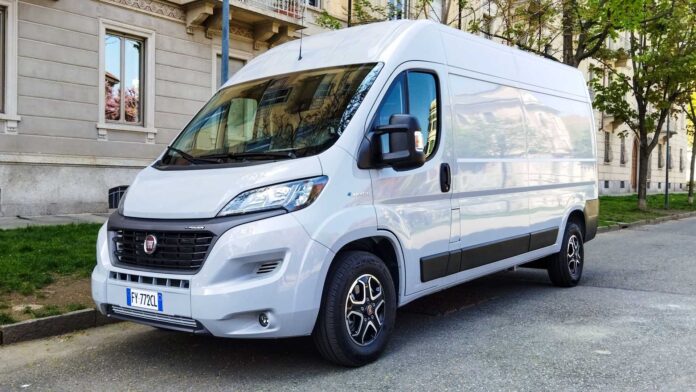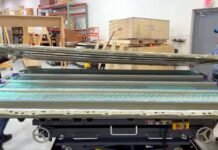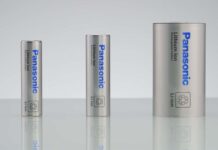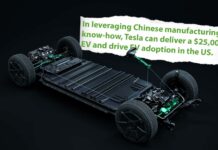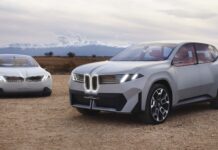[ad_1]
By the way of launching the all-electric Fiat E-Ducato large commercial van, Fiat highlights its unique battery architecture.
The E-Ducato’s battery consists of three or five large battery modules (respectively 47 kWh or 79 kWh total), which are connected in parallel.
It’s not a typical approach, as usually there are many smaller modules connected in series to get a desired voltage level of the pack. The number of modules usually varies from 10 to dozens.
Individual modules can consist battery cells combined in series and/or in parallel.
In the case of the Fiat E-Ducato the modules are very large (in essence, they are small individual battery packs), with full voltage each, and connected in parallel to get the full battery capacity.


Both ways have advantages and disadvantages, but conventionally manufacturers prefer to produce small modules and then connect them in series. It appears to be more convenient as it’s easier to handle low voltage modules.
On the other hand, Fiat might focus on production of a single type of module and install various numbers of them in vehicles, instead of having two separate battery pack lengths.
Fiat says that its exclusive battery architecture is better because it allows the car to operate even if one of the modules fails. The vehicle can continue to operate in Recovery Mode, simply having a lower battery capacity and power output without a module. It’s possible in the parallel design.
“The new E-Ducato is the only light commercial vehicle on the market featuring an innovative battery architecture that further boosts the already renowned reliability of the Ducato LCV family.
Developed by Fiat Professional engineers, the fully electric van’s Recovery Mode is an industry-first feature that characterises the unique parallel batteries’ set-up. This technology allows the E-Ducato to continue the journey even if one of its battery modules drop out.”
“Connecting the batteries in parallel means that the current flow cannot stop because the current is taken from each individual battery.”
We are not convinced that the parallel approach is better in cars/vans, but it might have some applications. For example, very large batteries in electric buses or trucks.
Fiat E-Ducato specs:
- All-electric range:
47 kWh version WLTP: up to 170 km (106 miles)
47 kWh version WLTP City: up to 235 km (146 miles)
79 kWh version WLTP: from up to 280 km (174 miles)
79 kWh version WLTP City: up to 370 km (230 miles) - Battery options:
47 kWh (three modules) – 10-year or 220,000 km battery warranty
79 kWh (five modules) (68% or 32 kWh more) – 8-year or 160,000 km battery warranty - 0-50 km/h (30 mph) in 5 seconds
- top speed of 100 km/h (62 mph)
- front-wheel drive
- electric motor maximum output of 90 kW and 280 Nm of torque
- load volume of 10-17 m3 (depends on version)
- payload of up to 1,950 kg (depends on version)
- Standard on-board charger: 7 kW (single-phase) or 11 kW (three-phase) depending on version, and 22 kW (three-phase) option
- DC fast charging (option) up to 50 kW; 100 km (62 miles) can be replenished in 30 minutes
[ad_2]
Source link

